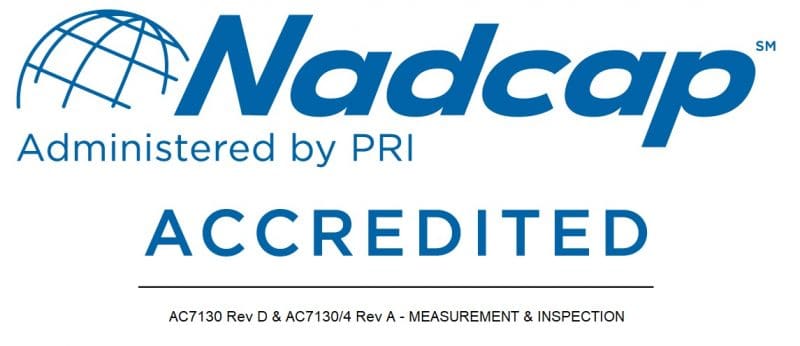Our reliable data helps you reduce time and save money. With the highest 3D scanning resolution capability in the UK and a wealth of experience across multiple sectors, our fully-trained application team can capture data in precise detail for single and multi-part assemblies.
What we do
3D Scanning
Automated Measurement
Quality Inspection
Reverse Engineering
The Trescal Advantage
Accredited services
compliant to Nadcap Measurement & Inspection Standard AC7130/4
Full automation
allows for a reduction in the production cycle, offering a quicker time to market with no reduction in quality
Traceable measurements
access every calibration artefact used to verify your measurements and trace their link to national and international standards
Comprehensive reporting
able to recreate inspection reports in a visual format to easily understand and demonstrate the results of scanning and inspection
Single customer portal
to track equipment, request repair and obtain reports
Extensive global service
of over 350 mobile and onsite laboratories
Onsite services
to minimize disruption and transportation
Accreditations and Standards
